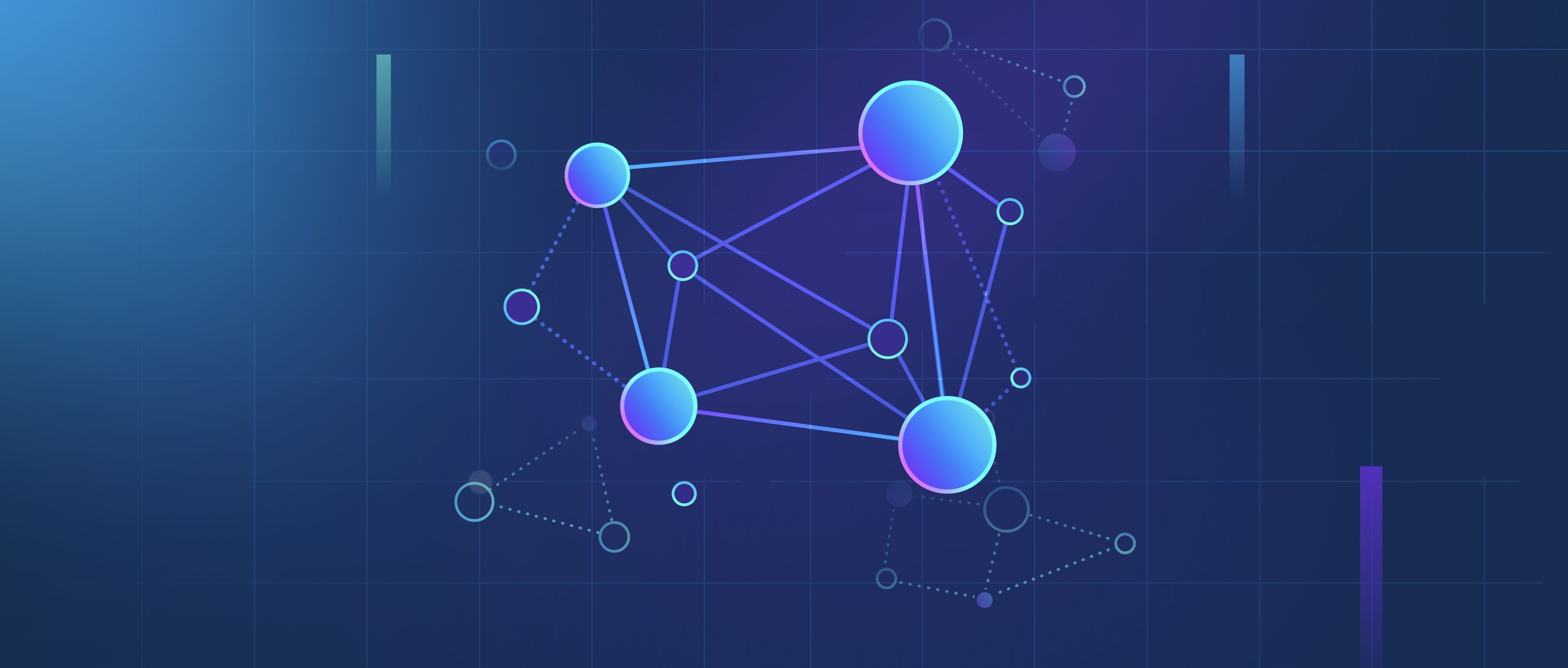GPU acceleration can be effectively utilized for video feature extraction by leveraging the parallel processing capabilities of graphics processing units (GPUs). Unlike traditional CPUs, which typically handle tasks sequentially, GPUs can process thousands of threads simultaneously. This makes them particularly well-suited for the computationally intensive tasks associated with video processing, such as motion detection, object recognition, and scene classification. For example, when extracting features like edges, corners, or motion vectors from video frames, a GPU can perform multiple calculations in parallel, significantly speeding up the entire extraction process.
To get started with GPU acceleration, developers can use frameworks like CUDA (for NVIDIA GPUs) or OpenCL (for a broader range of hardware). These platforms allow developers to write parallelized code that can run on the GPU. A practical example would be using libraries like OpenCV with its GPU module, which provides optimized functions for common tasks like image filtering or template matching. By offloading these operations to the GPU, developers can handle larger video datasets and achieve higher frame rates, improving the overall efficiency of applications like video analysis or real-time surveillance systems.
Furthermore, integrating GPU acceleration into video feature extraction involves carefully managing data transfer between the CPU and GPU. Developers must consider the overhead of transferring large amounts of video data to the GPU for processing. Solutions include batching frames for processing to reduce the number of transfers or utilizing memory-efficient data structures. By harnessing the power of the GPU while optimizing data movement, developers can achieve effective and efficient video feature extraction, enhancing applications across fields like machine learning, robotics, and video analytics.
